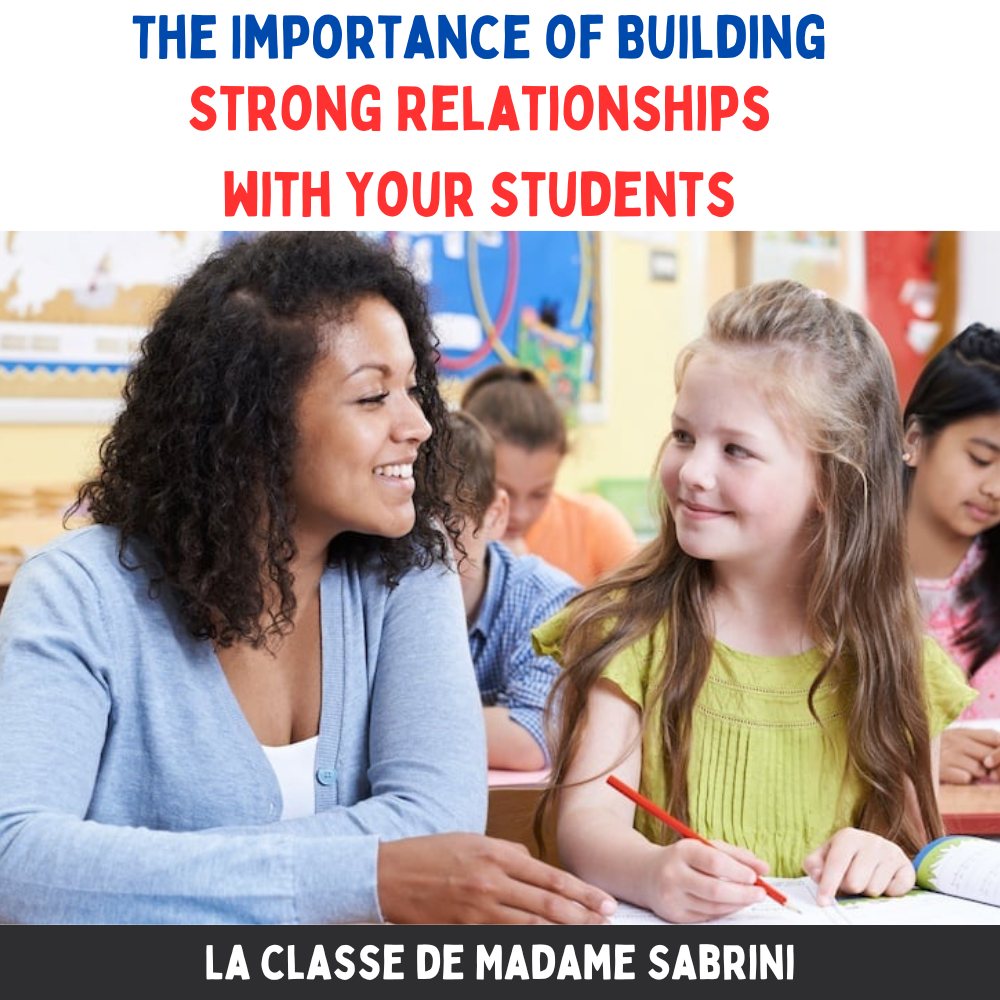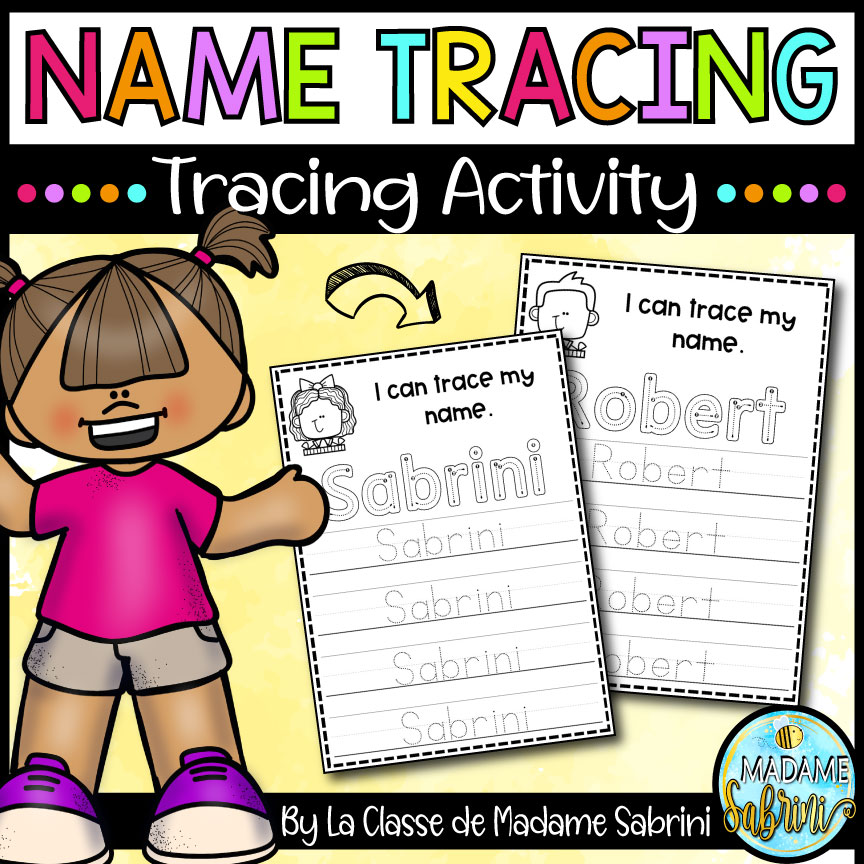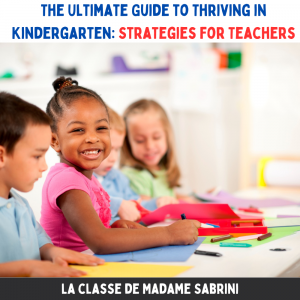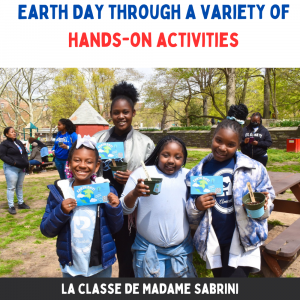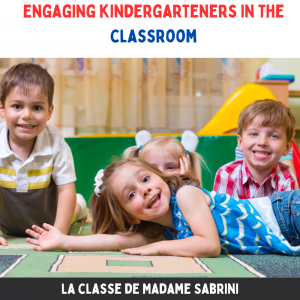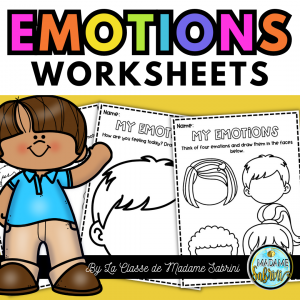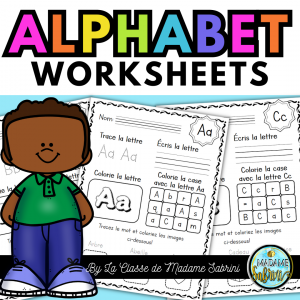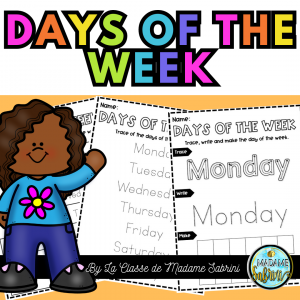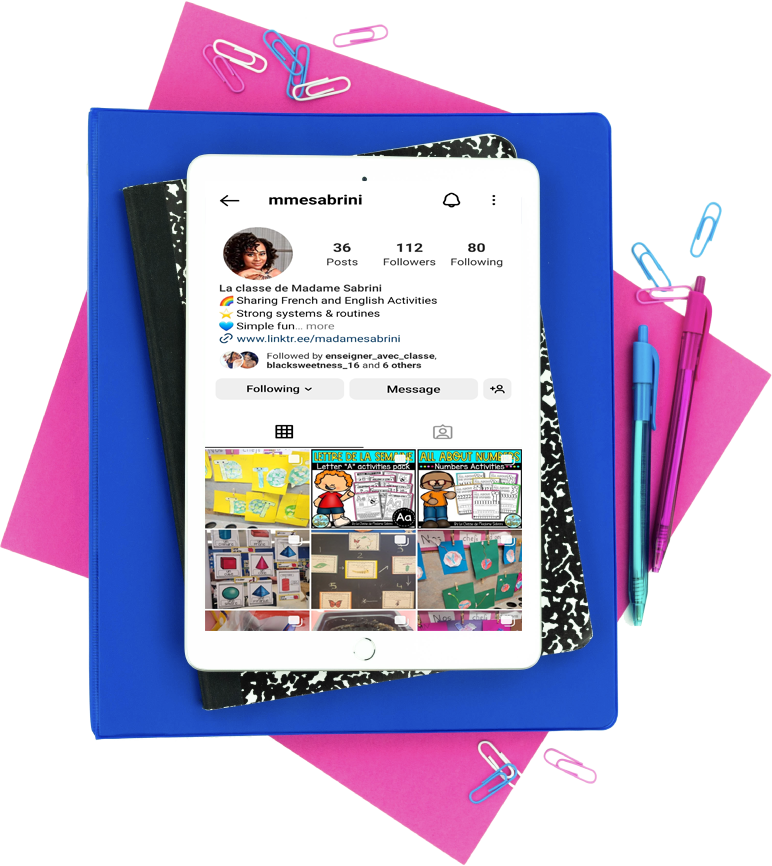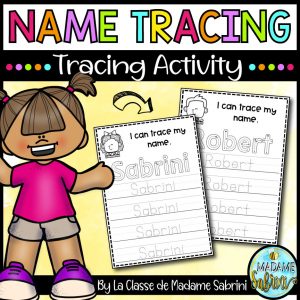As a teacher, it is so important to create strong relationships with your students. Kids need to know that their teacher is someone they can trust and rely on. By forming a strong bond between the teacher and student, it allows both parties to develop mutual respect for one another. Establishing this type of relationship has many benefits, including fostering a positive classroom environment and improving academic performance. In this blog post, we will discuss the importance of building strong relationships with your students and how to do it.
Why Building Relationships with Students is Crucial
As a teacher, you have a profound impact on your students. You’re not just responsible for imparting knowledge to them; you also have a unique opportunity to shape their growth, both academically and emotionally. To do this effectively, you must prioritize building strong, respectful relationships with your students. Here’s why:
Respectful relationships built on love and trust can go a long way in fostering a positive learning environment. Students are more likely to be engaged, motivated, and willing to take risks when they feel a genuine connection with their teacher. This can lead to greater academic achievement and a more positive attitude towards learning.
Moreover, strong teacher-student relationships can help students feel seen, heard, and valued as individuals. When students feel respected by their teacher, they are more likely to show respect to their peers and to authority figures outside of the classroom. Additionally, these relationships can have a significant impact on students’ self-esteem, self-worth, and sense of belonging.
In short, building relationships with students isn’t just a nice thing to do – it’s essential to creating a safe, supportive, and effective learning environment. So if you’re looking to become a better teacher and make a lasting impact on your students’ lives, start by focusing on building strong, respectful relationships.
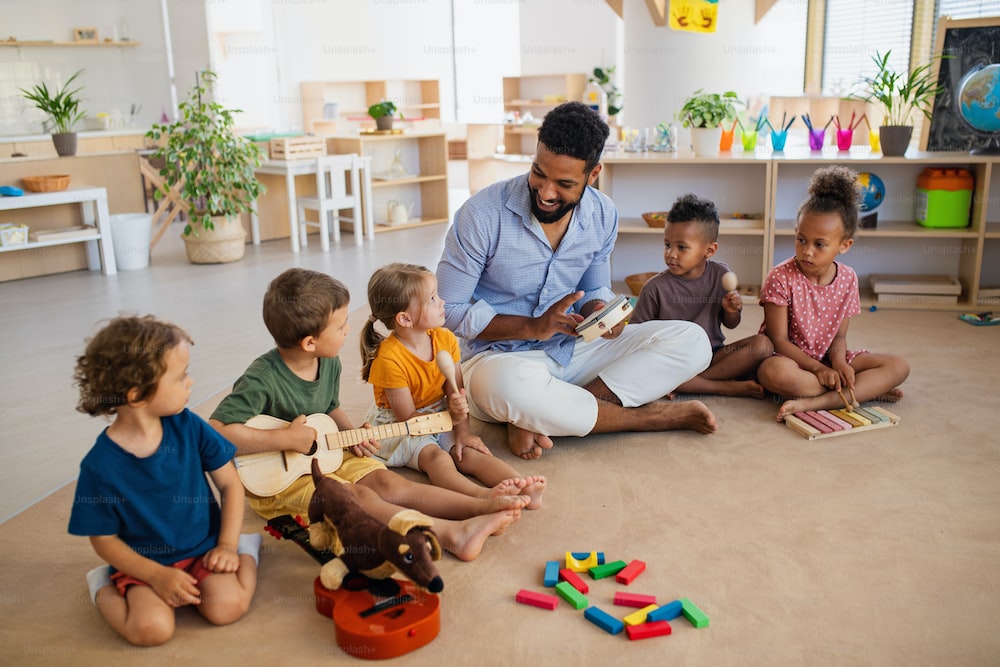
Steps to Building Strong, Respectful Relationships
1. Understand Your Students’ Needs:
Before you can begin building strong, respectful relationships with your students, it’s important to take the time to understand their needs. This includes learning about their interests, strengths, weaknesses, and any challenges they may be facing. By taking the time to understand your students, you can tailor your approach to teaching and better support their learning.
2. Communicate Effectively with Your Students:
Clear and effective communication is essential to building strong, respectful relationships with your students. This includes listening carefully to your students, speaking with them in a respectful manner, and providing feedback that is constructive and supportive. Good communication is key to fostering trust and respect between teachers and students.
3. Build Trust and Rapport with Your Students:
Trust is an essential ingredient in any relationship, and this is especially true in the teacher-student dynamic. To build trust, it’s important to be consistent in your actions, follow through on commitments, and be approachable and available when your students need support. By establishing trust, you can create an environment where your students feel safe and supported.
4. Show Empathy and Compassion:
One of the best ways to build strong, respectful relationships with your students is to demonstrate empathy and compassion. This means taking the time to understand your students’ perspectives, feelings, and experiences, and showing them that you care about their wellbeing. When your students feel heard, seen, and understood, they are more likely to feel connected to you and to engage more fully in their learning.
5. Maintain Professional Boundaries:
While building strong, respectful relationships with your students is important, it’s also essential to maintain appropriate professional boundaries. This means avoiding behaviors that could be interpreted as inappropriate, setting clear expectations for behavior, and treating all students equally and fairly. By establishing clear boundaries, you can build trust and respect while also maintaining a professional relationship with your students.
6. Foster a Positive Learning Environment:
Finally, to build strong, respectful relationships with your students, it’s important to create a positive learning environment. This means setting clear expectations for behavior, encouraging collaboration and cooperation, and creating opportunities for your students to engage in meaningful learning experiences. When your students feel that they are part of a positive learning community, they are more likely to be motivated and engaged in their learning.
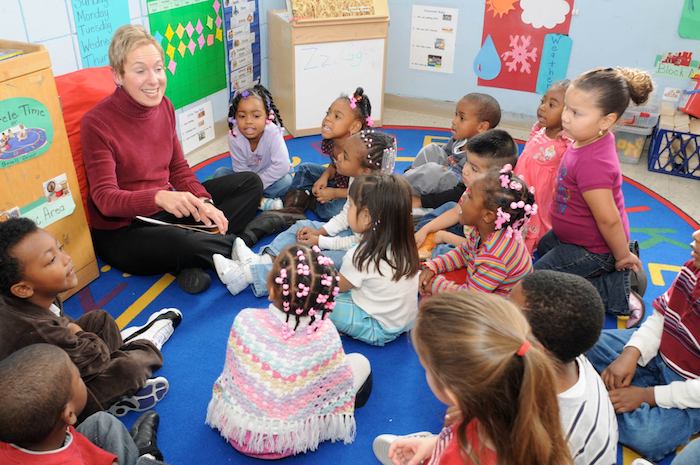
Understanding Your Students’ Needs
As a teacher, one of the most important things you can do to build strong, respectful relationships with your students is to take the time to understand their individual needs. Every student is unique, with their own strengths, challenges, and learning styles. By getting to know each of your students as individuals, you can create a learning environment that is more inclusive, supportive, and effective for everyone.
Start by showing a genuine interest in your students as people. Ask them about their interests, hobbies, and goals, and listen attentively to their responses. This can help you better understand what motivates and engages them, and can give you insights into their individual learning styles and needs.
Next, take the time to assess each student’s strengths and challenges. Observe them in class, review their work, and talk to other teachers or support staff who work with them. This can help you identify areas where they excel, as well as areas where they may need extra support or accommodations.
Finally, be mindful of each student’s background and experiences. Students who come from different cultural, linguistic, or socioeconomic backgrounds may have unique needs and perspectives that you need to be aware of. Be respectful of these differences, and strive to create a learning environment that is inclusive and welcoming for everyone.
By taking the time to understand your students’ needs, you can create a more personalized and effective learning experience for each of them. This can help build trust and rapport, and can set the stage for a strong, respectful relationship between you and your students. Ultimately, it’s this kind of relationship that can help students feel seen, heard, and valued, and can foster a love of learning that lasts a lifetime.
Communicating Effectively with Your Students
As a teacher, effective communication is key to building strong and respectful relationships with your students. Communication is not just about talking, it’s also about listening, understanding, and empathizing. When students feel heard and understood, they are more likely to feel a sense of love and appreciation towards their teacher. Here are some ways you can communicate effectively with your students:
Be Respectful: Always treat your students with respect, even if you disagree with them. Use a respectful tone of voice and avoid negative language or put-downs. Remember, your students are human beings with feelings and emotions.
Encourage Learning: Your main goal as a teacher is to facilitate learning. Use effective communication to encourage your students to learn and grow. Praise them when they do well and provide constructive feedback when they need improvement.
Be Clear and Concise: When communicating with your students, make sure your message is clear and concise. Avoid using complex language or technical terms that may confuse them. If your students don’t understand something, be patient and take the time to explain it to them.
Ask Questions: Encourage your students to participate in class discussions by asking them questions. This will not only improve their comprehension, but also build their confidence and sense of worth in the classroom.
Be Available: Make yourself available to your students outside of the classroom. This could be through office hours, email, or other forms of communication. Let your students know that you care about their success and are there to support them.
Effective communication is crucial in building strong and respectful relationships with your students. By being respectful, encouraging learning, being clear and concise, asking questions, and being available, you can create a positive learning environment where your students can thrive.
Building Trust and Rapport with Your Students
Another key component of building strong, respectful relationships with your students is establishing trust and rapport. When your students feel that they can trust you and have a positive connection with you, they are more likely to be engaged in the learning process and take ownership of their education.
As a teacher, you can start building trust with your students by being consistent and reliable in your interactions with them. This means following through on your commitments, being punctual, and communicating clearly. You should also be respectful of your students’ opinions and experiences, even if they differ from your own.
Rapport-building can be achieved by finding common interests with your students and showing a genuine interest in their lives. When you take the time to get to know your students, they are more likely to feel comfortable around you and open up about their struggles and successes. This can lead to a stronger relationship and a better understanding of your students as individuals.
However, it’s important to remember that building trust and rapport should not involve crossing professional boundaries. As a teacher, it’s essential to maintain appropriate relationships with your students and avoid engaging in inappropriate behavior that could compromise the safety and wellbeing of your students.
Overall, building trust and rapport with your students requires a willingness to show respect, love, and a commitment to the learning process. When teachers establish positive relationships with their students, it can have a profound impact on their academic success and their overall well-being.
Showing Empathy and Compassion
One of the most crucial aspects of building strong, respectful relationships with your students is showing empathy and compassion towards them. As a teacher, you must understand that your students come from diverse backgrounds and experiences, and it is your responsibility to be empathetic towards their individual situations.
Empathy involves putting yourself in your students’ shoes and trying to see the world through their eyes. It involves actively listening to their concerns, showing genuine interest in their lives, and responding with kindness and understanding. By doing so, you can build trust and establish a deeper connection with your students.
Compassion goes hand in hand with empathy. It is the ability to recognize your students’ suffering or pain and respond with love and care. This means that as a teacher, you must be sensitive to your students’ emotional and psychological needs. You can show compassion by offering support, encouragement, and reassurance when your students are going through difficult times.
Incorporating empathy and compassion into your teaching practice can help your students feel seen, heard, and valued. It can also create a more positive and welcoming learning environment, where your students feel safe and supported. However, it is essential to remember that empathy and compassion should always be balanced with professionalism and appropriate boundaries.
As a teacher, it is your responsibility to maintain respectful and appropriate relationships with your students. This means avoiding overstepping boundaries or becoming too emotionally invested in your students’ lives. By balancing empathy and compassion with professional boundaries, you can establish a healthy and respectful relationship with your students, leading to a positive and meaningful learning experience for everyone involved.

Maintaining Professional Boundaries
As a teacher, it’s important to build strong, respectful relationships with your students, but it’s equally important to maintain professional boundaries. While it’s natural to develop a fondness for your students and to want to help them succeed, it’s important to remember that your role is primarily as an educator.
One way to maintain professional boundaries is to always act with respect towards your students. This means treating them with dignity and kindness, while also upholding the teacher-student dynamic. It’s important to keep your interactions focused on learning, rather than becoming overly friendly or emotionally involved with individual students.
Another important aspect of maintaining professional boundaries is to be aware of your own biases and limitations. As much as we love teaching and helping students, we’re not perfect, and we all have our own biases and personal limitations. It’s important to acknowledge and address these, in order to avoid potentially harmful interactions with students.
Finally, remember that the best way to help your students succeed is to focus on creating a positive learning environment. By setting clear expectations and boundaries, and providing consistent support and guidance, you can foster an environment where your students feel comfortable and motivated to learn. In doing so, you can build strong, respectful relationships with your students while also maintaining professional boundaries.
Fostering a Positive Learning Environment
One of the most important factors that contributes to building strong, respectful relationships with your students is fostering a positive learning environment. As a teacher, it is your responsibility to create an environment that is conducive to learning and growth. This means creating a space where students feel safe, respected, and valued.
To foster a positive learning environment, start by setting clear expectations for behavior and academic performance. This includes establishing a classroom code of conduct that emphasizes the importance of respectful communication and cooperation.
Another important factor is demonstrating your love for teaching and learning. This means being enthusiastic about your subject matter, sharing your own love for learning with your students, and engaging them in fun and exciting activities that promote active learning.
Additionally, it’s important to create a classroom culture that encourages students to take risks and learn from their mistakes. This can be done by providing opportunities for student-led discussions, collaborative projects, and problem-solving activities.
Above all, fostering a positive learning environment requires you to be a role model for respectful behavior. This means being patient, kind, and compassionate with your students, and treating them with the same respect that you would expect from them.
By creating a positive learning environment, you can help your students feel more engaged, motivated, and invested in their own learning. This will ultimately lead to stronger, more respectful relationships that can have a positive impact on both their academic and personal growth.
The Benefits of Strong Teacher-Student Relationships
Building strong relationships with your students can lead to many benefits that go beyond just creating a pleasant classroom atmosphere. As a teacher, when you show your students that you respect and care for them, it can create a positive impact on their overall learning experience.
One of the biggest benefits of a strong teacher-student relationship is that it can lead to increased engagement and motivation for your students. When they feel that you genuinely care about their success and wellbeing, they are more likely to be interested and invested in the material you are teaching. They are also more likely to participate in classroom discussions and activities, leading to a more dynamic and interactive learning environment.
In addition, strong teacher-student relationships can also help to build a sense of community and belonging in your classroom. When students feel valued and included, they are more likely to be supportive and collaborative with their peers. This can lead to a more positive and productive classroom dynamic, where everyone is working together towards a common goal.
Furthermore, a strong teacher-student relationship can help to improve communication between you and your students. When you have a good rapport with your students, they are more likely to feel comfortable coming to you with any concerns or questions they may have. This can lead to a deeper understanding of their needs and challenges, which in turn can help you to provide better support and guidance to them.
Overall, building strong, respectful relationships with your students is a vital component of effective teaching. Not only does it create a more pleasant learning environment, but it can also lead to increased engagement, motivation, and overall success for your students. As a teacher, showing love and respect for your students can have a lasting impact on their lives, both inside and outside of the classroom.

